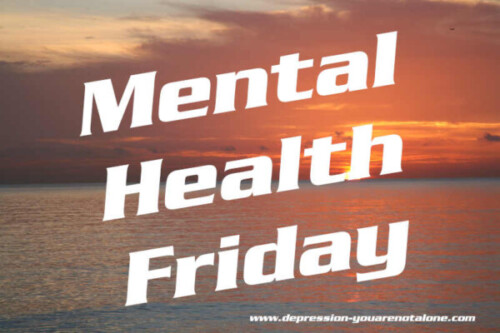Mental Health Friday 2023-12-01
On Mental Health Friday, we post, in alphabetical order, one per week, information on mental health disorders. Mental Health Friday is for informational purposes only, and is in no way meant to diagnose, treat or cure any disease. Please do not self diagnose and seek professional help for what ails you.
Link: FindTreatment.gov is an online source of information for persons seeking substance use and/or mental health treatment facilities in the United States or U.S. Territories.
Opioid Use Disorder
Editorial Team
Opioid Use Disorder (OUD) is a complex and challenging condition that has garnered significant attention due to its widespread prevalence and far-reaching consequences. This comprehensive exploration aims to provide a detailed understanding of OUD, encompassing its causes, symptoms, diagnostic criteria, treatment options, and the broader societal impact it has on individuals and communities.
Section 1: Definition and Diagnostic Criteria: Define Opioid Use Disorder, outlining the diagnostic criteria established by the Diagnostic and Statistical Manual of Mental Disorders (DSM-5). Explore the distinctions between mild, moderate, and severe OUD and emphasize the importance of a clinical assessment in determining the severity of the disorder.
Section 2: Causes and Risk Factors: Examine the multifaceted factors contributing to the development of Opioid Use Disorder. Discuss genetic predispositions, environmental influences, mental health co-occurring conditions, and the role of prescription opioid medications in the initiation and maintenance of opioid misuse.
Section 3: Symptoms and Behavioral Manifestations: Explore the diverse array of symptoms associated with Opioid Use Disorder, ranging from physical manifestations such as tolerance and withdrawal to behavioral indicators like continued use despite negative consequences, unsuccessful attempts to quit, and neglect of major responsibilities.
Section 4: Neurobiology of Opioid Addiction: Delve into the neurobiological mechanisms underpinning opioid addiction. Discuss the impact of opioids on the brain’s reward system, neurotransmitter release, and the development of physical dependence, emphasizing how these processes contribute to the persistent nature of Opioid Use Disorder.
Section 5: Treatment Approaches: Provide an in-depth overview of evidence-based treatment modalities for Opioid Use Disorder. This section should cover medication-assisted treatments (MAT) like methadone, buprenorphine, and naltrexone, as well as behavioral therapies and counseling. Discuss the importance of individualized treatment plans and ongoing support.
Section 6: Challenges in Treatment and Recovery: Examine the challenges individuals with Opioid Use Disorder face in seeking and maintaining recovery. Discuss issues related to stigma, access to treatment, the potential for relapse, and the importance of addressing co-occurring mental health conditions.
Section 7: Societal Impact and Public Health: Explore the broader societal implications of Opioid Use Disorder, including its impact on public health, healthcare systems, and communities. Discuss overdose rates, the economic burden, and the efforts undertaken to address the opioid epidemic, such as harm reduction strategies and legislative measures.
Conclusion: In conclusion, Opioid Use Disorder represents a significant public health challenge that requires a comprehensive and compassionate approach. By understanding the causes, symptoms, treatment options, and societal impact of OUD, stakeholders can work collaboratively to address the complexities of this condition and promote effective prevention, intervention, and recovery efforts.

